Going Bananas
Most of us are familiar with the ubiquitous bright yellow bananas known as the Cavendish bananas. However, you may not know of the diverse banana species found right here in Singapore!
Read on to find out about these wild, exotic bananas — they are all edible, too!
Please do not cut, collect or remove anything from our green spaces. Let our beautiful flora and fauna thrive in their natural habitats. Learn more about some simple do’s and don’ts here before visiting our green spaces.
Velvet Pink Banana
The Velvet Pink Banana (Musa velutina) is named for its reddish-pink fruits covered by velvety hairs. Did you know that is one of the few banana species that can bear fruit while placed indoors? It is also suitable for small gardens and containers.
This sweet-tasting banana is to be eaten within one day of its skin splitting open. The fruits have many large black seeds that should be removed before eating.
Blood Banana
Photo credit: Low Wei Teng
The Blood Banana (Musa acuminata var. sumatrana) has large leaves covered in random red blotches, which may have given rise to its name. The undersides of the leaves are wine-red as well.
This relatively fast-growing ornamental banana is best grown in sheltered locations. This is because full sun can cause the attractive wine-red blotches to fade away.
Pisang Raja Udang Merah
Photo credit: Low Wei Teng
The fruits of the Pisang Raja Udang Merah (Musa 'Raja Udang Merah') might have gotten its name for its resemblance to red prawns, or udang merah in Malay, due to its reddish coloured skin!
Apart from their unique colour, the fruits contain more beta carotene and vitamin C compared to the common yellow bananas that we are familiar with. Our bodies convert beta carotene into vitamin A, which is an important vitamin for eye health.
Thousand Fingers Banana
Photo credit: Jessica Teo
As the name suggests, the Thousand Fingers Banana (Musa ‘Thousand Fingers’), also known as Pisang Seribu in Malay, is said to bear up to 1,000 ‘fingers’ or individual fruits! Its inflorescence can grow up to 3 m long and might need mechanical support to help the plant cope with the enormous weight.
Once ripe, the many ‘fingers’ or fruits are attractive food to other animals such as birds, squirrels, or bats. It should be fertilised regularly to ensure that it can continue to flower and bear fruit.
Pisang Raja
Photo credit: Tamako Kobayashi
You might know that the tasty local delight fried banana treat known as Goreng Pisang comes from the Pisang Raja (Musa acuminata × balbisiana (AAB Group) 'Pisang Raja'), but did you also know that its fleshy fruit is classified as a berry?
Although it can be eaten raw, the sweet and creamy taste of its flesh becomes even sweeter when deep fried in batter.
Learning More
Visit NParksSG, our refreshed YouTube Channel that serves as a one-stop repository for close to 300 video resources. It covers topics ranging from types of soil needed for your garden and how to plant, harvest and even cook your edibles.
For more information about the flora and fauna found in Singapore, please visit Flora and Fauna Web.
If you like what you read, follow us on Facebook, Instagram and Telegram to get the latest updates.


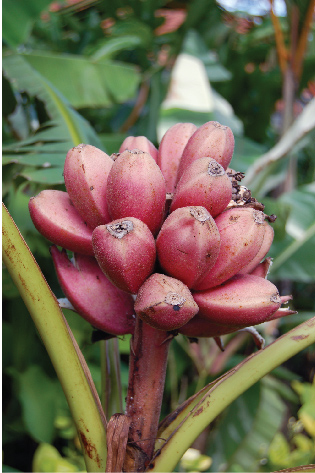
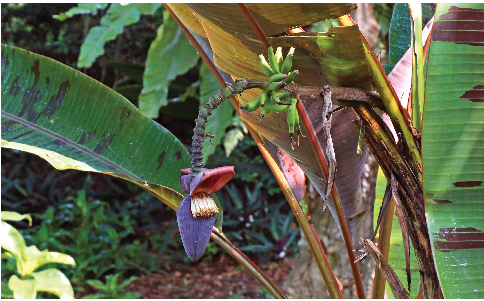
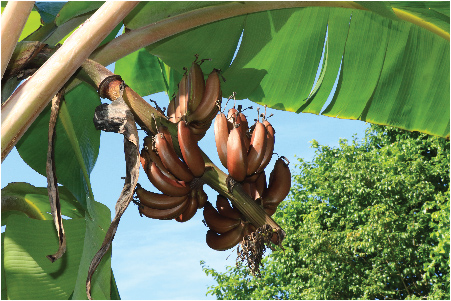
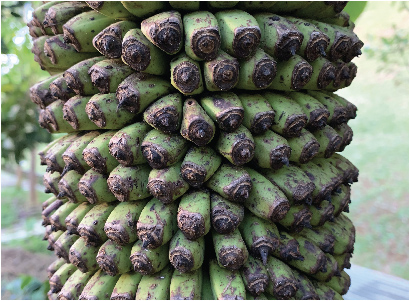

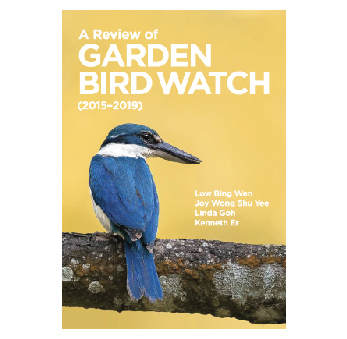
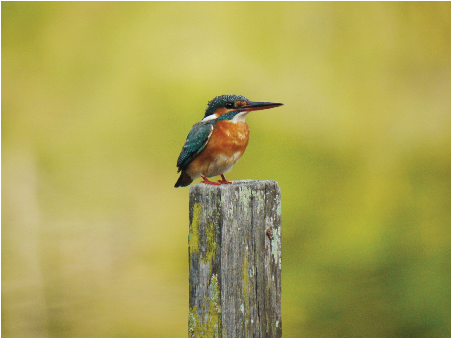
Have views or comments on this article? Let us know via this form. If you would like to give us feedback on any other areas relating to our parks and gardens, please submit via https://www.nparks.gov.sg/feedback